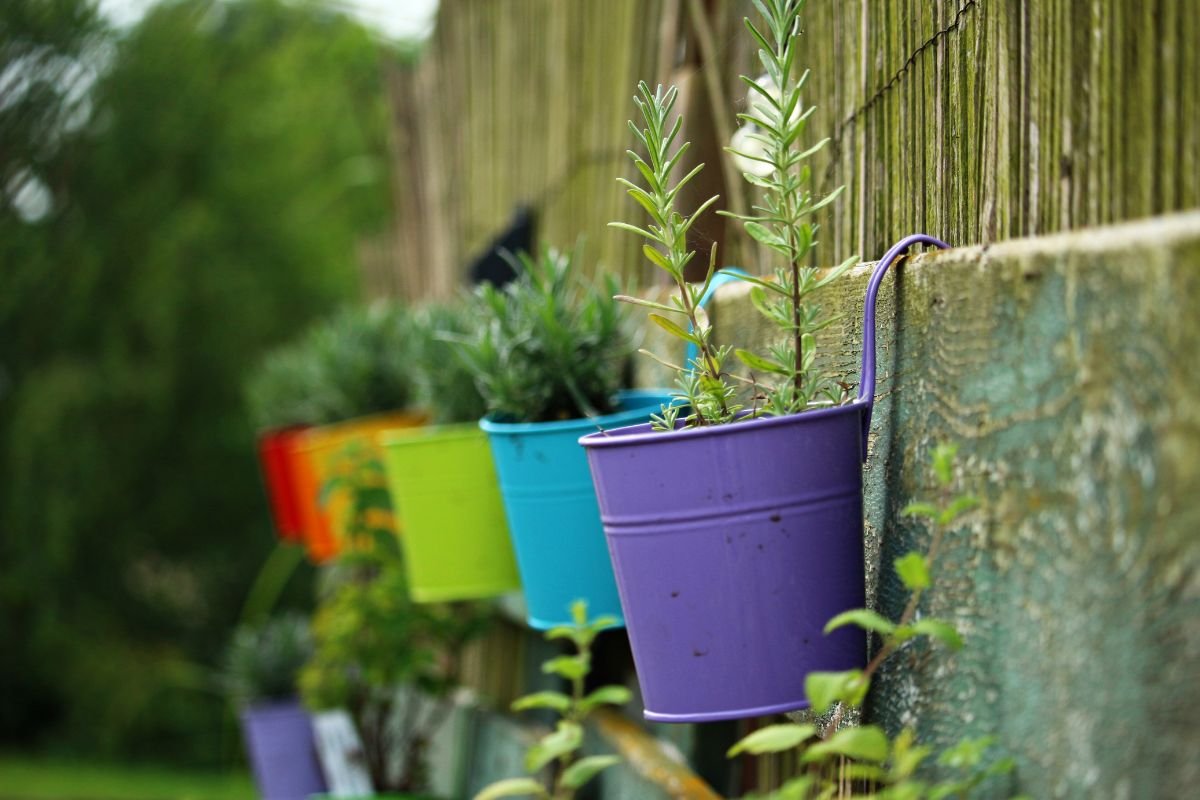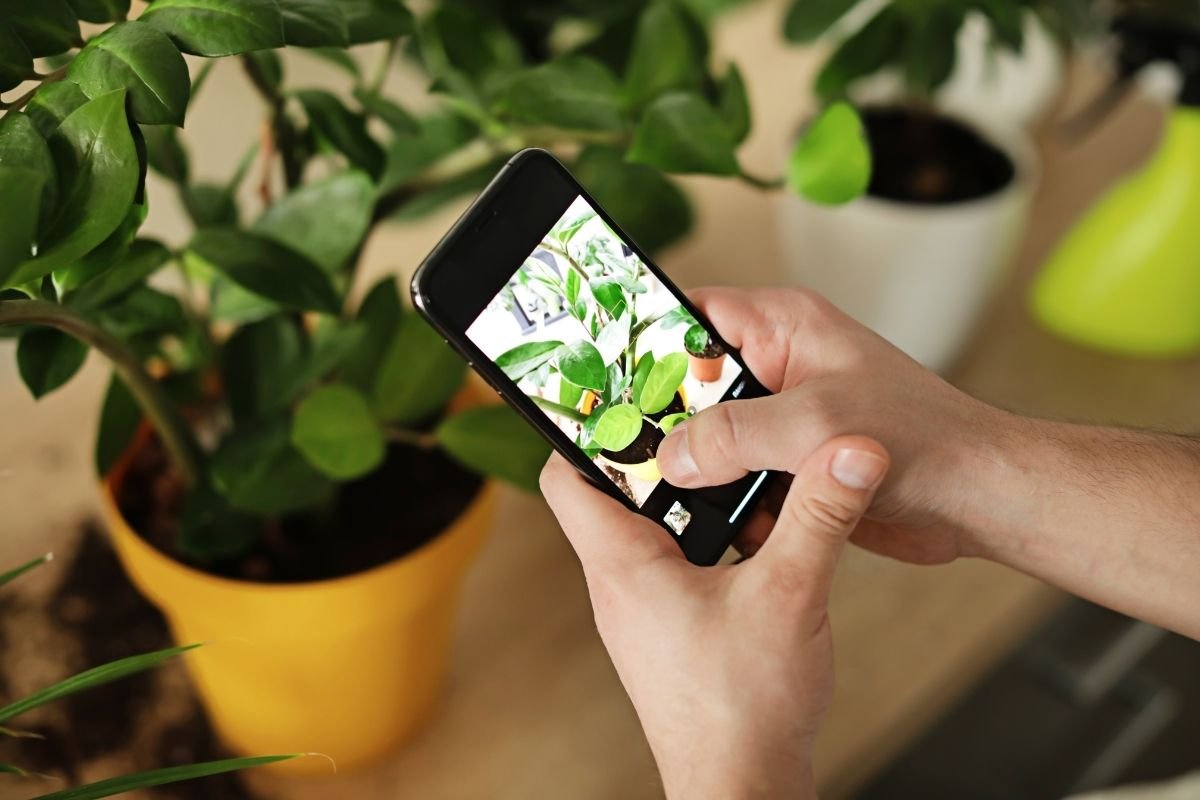Creating the right balance of colours in your plants and flowers can sometimes be one of the last things you think about as you browse the offerings at your local garden centre. Instead, you might be looking for plants that suit your environment, are pet and bee-friendly, and, of course, are within your budget.
However, thinking about colours might be the difference between an aesthetically pleasing garden and one that is overwhelming and hard to look at. If you’re in the research phase of creating a new garden and want to get it right the first time, take note of the following information.
Understand Basic Colour Principles
The first step to nailing your new garden design is understanding colour theory and the basic colour principles. The more you know about colour, the easier it can often be to make the right flower and plant purchasing decisions.
As most of us already know, we have primary, secondary, and tertiary colours. The primary colours, red, blue, and yellow, can’t be created using any other colours. However, secondary colours, such as green, orange, and purple, can be created by mixing primary colours. Blue and yellow make green; red and yellow make orange, and blue and red make purple.
You then get into tertiary colour territory, which is when you mix a secondary colour and a primary colour to get combinations like red-orange, blue-green, and yellow-orange.
Why Bother With Colour Harmony and Balance?
There are no rules or laws against choosing plants and flowers of any colour and planting them willy-nilly. However, there’s a risk of missing out on colour harmony and balance, which can be crucial.
Colour harmony creates a sense of order, balance, and even excitement, without having to worry about overstimulating your sight and seeing nothing more than chaos in your garden.
Colour harmony and balance are also closely linked to colour relationships: complementary and analogous. Complementary colours are those that sit opposite to each other on a colour wheel and bring out each other’s intensity, such as purple and yellow and red and green. In contrast, analogous colours sit next to each other on the colour wheel and are essentially a gradient of each other.
What Do Colours Achieve?
As you load up your shopping trolley with new plant and flower varieties to add to your new garden, take a moment to consider what their colours will achieve in your space. Typically, warm colours like red, yellow, and orange are about excitement and energy, whereas cool colours like pink, blue, and purple are calming and peaceful while also making small yards look much larger.
If you purchase monochromatic plants, which are plants with one main colour, you can add visual interest with contrasting leaf and flower textures.
You Don’t Always Need Colourful Plants
Not everyone has the time or patience to tend to a large, colourful flower garden. While you could always hire a gardener, there are other ways to achieve colour in your yard. Plant monochromatic plants or easy-care varieties like tussocks and flax and achieve that burst of colour you desire through hardscapes.
For example, you might plant shrubs in brightly-coloured garden pots or purchase cushions and rugs in various beautiful colours for your outdoor furniture.
Balance Colours with Plain
As tempting as it can be to plant out your entire garden bed with beautiful flowers like begonia, petunias, and dahlia, the vibrant colours might not help you achieve the balance you desire. Instead, plant those flowers alongside plainer plant varieties like acacia limelight for beautiful green freshness or even Corokia for its silvery-grey foliage.
The combination of calming colours with vibrant ones might ensure a sense of balance, order, and harmony you didn’t think was possible.
Grow Pleached Trees
Some gardeners struggle to create structure in their gardens while ensuring balance between soft-scaped and hard-scaped parts of their property. And that’s where pleached trees come in. They don’t take up much space in a small yard, yet they can add much-needed greenery, contemporary elegance, and definition where you need it the most.
Pleached trees are framework-trained trees that you can attach to a fence or grow free-standing. As the branches grow, they weave and twist on their framework to create a tall and flat screen. They look like trees and are trees but grow as if they’re a fence.
Achieve Colour Balance In Your Garden
If you’re gearing up to plant a new garden, don’t be afraid to plan it first. Sketch your available space, set a budget, and think about the best plants for balance, colour, and your environment. Once you have a firm understanding of how colours interact with each other, you might end up with a beautiful, harmonious, and well-proportioned garden that has all the neighbours peering over your fence for all the right reasons.























































